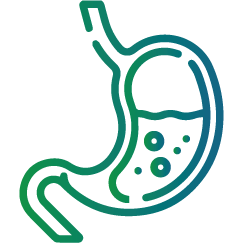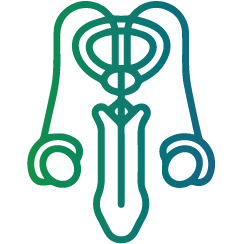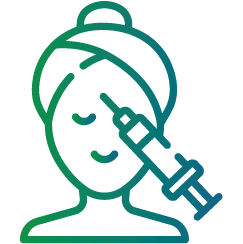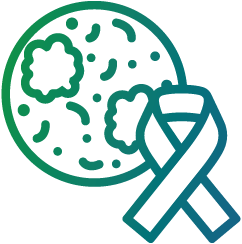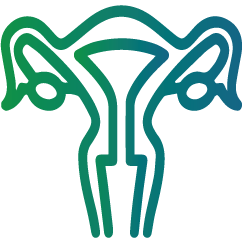Coronary heart disease (CHD) remains one of the leading causes of death globally, accounting for millions of fatalities each year. This condition, characterized by the narrowing of the coronary arteries that supply blood to the heart muscle, can lead to serious complications such as heart attacks and heart failure if left untreated.
Understanding Coronary Heart Disease
CHD typically develops over time due to the buildup of plaque—a combination of cholesterol, fat, and other substances—in the coronary arteries. This buildup, known as atherosclerosis, restricts blood flow to the heart, depriving it of oxygen and nutrients essential for its proper function.
Causes and Risk Factors
Several factors contribute to the development of CHD, including:
1. Unhealthy Lifestyle Habits: Poor diet, lack of physical activity, smoking, and excessive alcohol consumption increase the risk of developing CHD.
2. Medical Conditions: Conditions such as hypertension, high cholesterol, diabetes, and obesity significantly elevate the risk of CHD.
3. Genetic Predisposition: A family history of heart disease can predispose individuals to CHD.
4. Age and Gender: Advancing age and being male are associated with an increased risk of CHD, although the risk for women rises after menopause.
Symptoms and Warning Signs
The symptoms of CHD can vary widely among individuals but often include:
Chest pain or discomfort (angina)
Shortness of breath
Fatigue
Nausea
Sweating
Dizziness
It’s essential to seek medical attention if you experience any of these symptoms, as they may indicate an underlying heart condition that requires prompt evaluation and treatment.
Prevention and Management
Fortunately, many risk factors for CHD are modifiable, meaning they can be addressed through lifestyle changes and medical interventions. Key prevention strategies include:
1. Adopting a Heart-Healthy Diet: Emphasize whole grains, fruits, vegetables, lean proteins, and healthy fats while limiting saturated and trans fats, sodium, and added sugars.
2. Engaging in Regular Exercise: Aim for at least 150 minutes of moderate-intensity aerobic activity or 75 minutes of vigorous-intensity activity each week, along with muscle-strengthening exercises on two or more days per week.
3. Quitting Smoking: Smoking cessation significantly reduces the risk of CHD and other cardiovascular diseases.
4. Managing Chronic Conditions: Control hypertension, high cholesterol, diabetes, and obesity through medication, lifestyle modifications, and regular monitoring.
5. Stress Management: Practice stress-reduction techniques such as mindfulness, meditation, deep breathing exercises, and hobbies to alleviate stress and promote heart health.
Conclusion
Coronary heart disease is a serious condition that requires proactive management and preventive measures. By understanding its causes, recognizing its symptoms, and implementing effective prevention strategies, individuals can significantly reduce their risk of developing CHD and enjoy better heart health for years to come.





